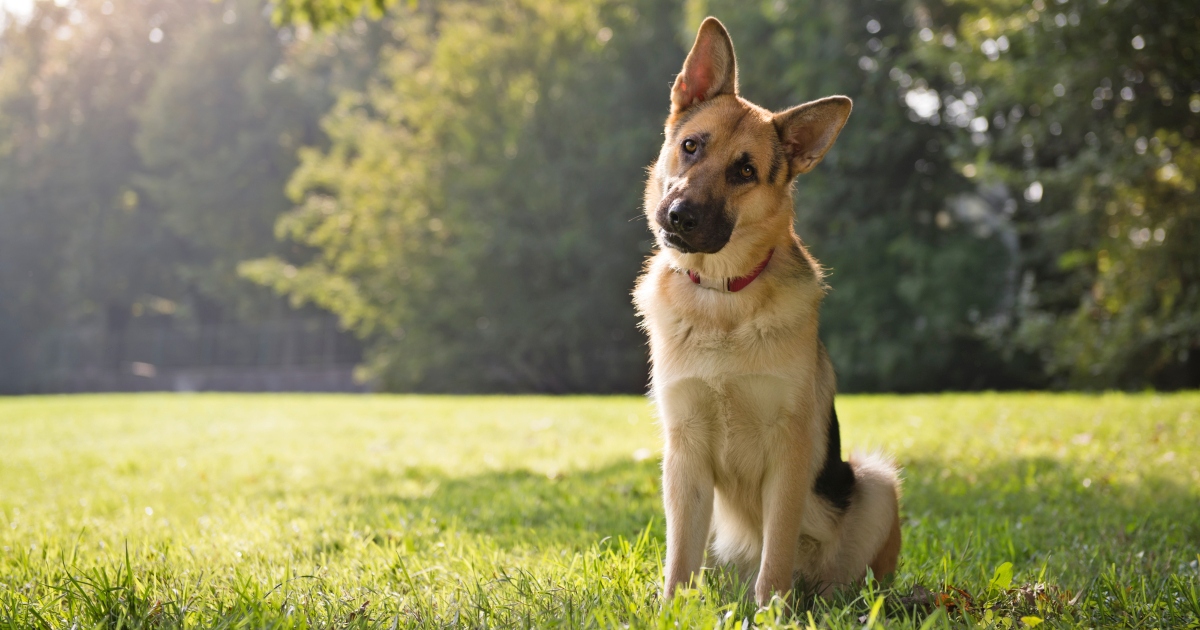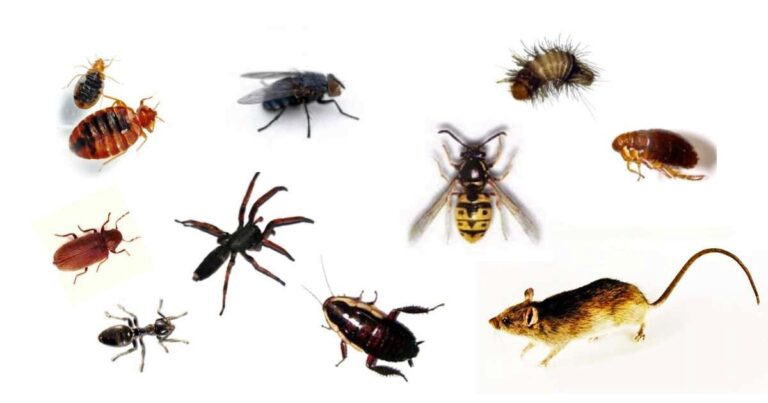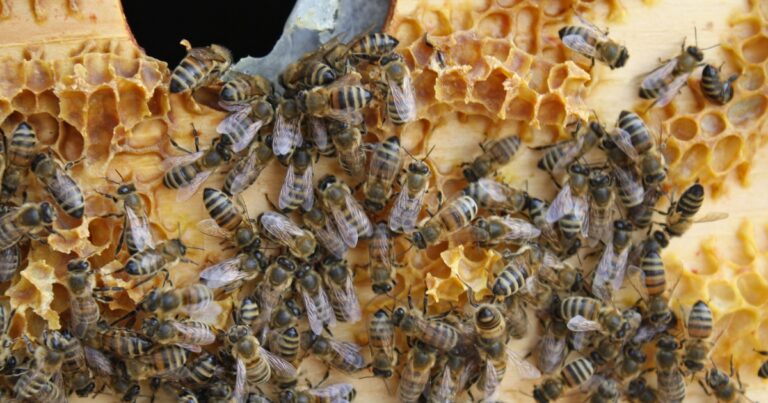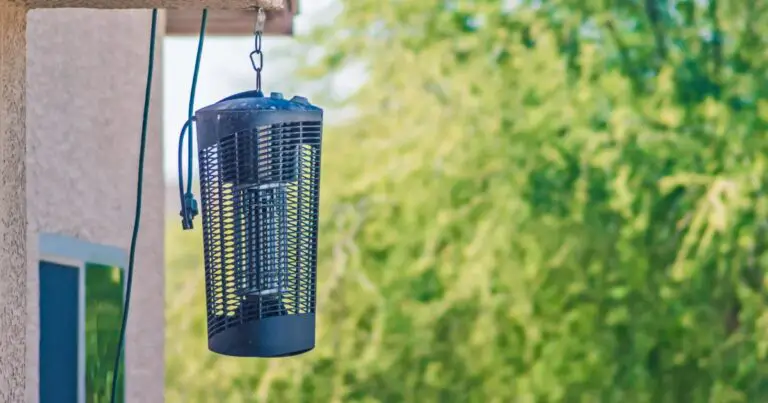Are Pest Control Treatments Safe For Pets? (Answered)
If you’re a pet owner, the thought of using pest control treatments in your home is probably very concerning. You may be wondering if they are safe for your furry friends.
The good news is that most pest control products are non-toxic, but a few may cause harm. Furthermore, since cats and dogs use their noses to explore everything, they frequently end up inhaling, absorbing, or ingesting the pesticide. Despite the fact that the toxic concentration is rather low, it may have long-term consequences. The animals can breathe in pesticide or even absorb it through their skin during spray applications.
Should You Allow Your Animals Near Pest Control Treatments?
Keep children and pets out of the treated area to reduce pesticide exposure. If at all feasible, leave the home until it’s safe to return. Keep both human food, pet food, and chews in the fridge or cabinet away from airborne particles.
Pest control companies usually recommend keeping away from your home for a set period after the task is completed. They may generally advise you to avoid going back into your house for up to two hours after the service is finished. However, this may vary depending on the nature of the service and reach a maximum of 24 hours.
Make sure to read the warning labels or if you have an exterminator, consult with them as to how long to keep your family and pets outside of the house. That being said, it is always safer to give it more time. Then once you return to your home, open all of the windows to improve ventilation.
Tips On How To Deal With Pets During A Pest Control Treatment
- Read the labels: If you’re handling pest control on your own, read the product label first. During the procedure, usage instructions and warnings will tell you how to care for children and pets.
- Speak to the experts: When discussing treatment choices with the pest control firm, inform them about your pets. If necessary, inquire about pet-friendly pest management solutions. The technician should be able to answer all questions and even offer you advice on appropriate precautions based on the product used. They should also make sure that the treatment is done in a timely manner.
- Plan accordingly: Even if the treatment is designated as safe, it’s always a good idea to take certain precautions, such as sending the pets outside for a few hours or bringing them to a friend or family members home for a few hours. This is due to the fact that curious pets may easily come into touch with the pesticide while it is still wet. Allow the rooms to ventilate fully before allowing the pets back in. Some pest control firms recommend removing the pet bedding, food, water bowl, and toys as well.
- Place traps where your pets can’t access: When using bait traps for rodents or insects, they should always be placed in locations that your pets have no access to.
What Are Children And Pets More Susceptible To Pesticides?
- Children are closer to the ground and are more likely to come into contact with pesticides on the floor or carpeting. Their immune systems are still developing, making them more susceptible to hazardous compounds.
- Infants breathe more frequently than adults (which puts them at risk for greater exposure to hazardous pollutants). Young children are naturally inquisitive, and tiny hands can fall into rat- and mouse-causing traps. Small children may also ingest toys or other items exposed to pesticides if they’re in the area.
- Dogs and cats rely on their noses to obtain information about the environment. As a consequence, they are more likely to ingest more toxic pollutants. An experienced pest control expert knowledgeable in environmentally friendly methods and treatments will know which items are safe for animals and can modify the treatment to keep your pets healthy.
Pesticides can be extremely hazardous, and many have a pungent Sulphur-like stench. Despite the fact that most pesticide applications are safe after the recommended drying period has elapsed, it’s preferable to keep dogs and young children away from anything that may cause them harm.
What You Can Do Before Pest Control Treatment
- A professional will talk with you to explain the appropriate treatments, what to anticipate when utilizing them, and how to get ready for them.
- Make sure your pest control firm handles all dangerous household substances in a safe and responsible manner.
- Inquire about the use of environmentally friendly treatments that are labeled for indoor usage.
- Inquire about the proper application rate and amount of pesticide utilized.
- Allow time for treatments to fully dry after applying. Most pesticides are safe for children and pets to re-enter the treated area once the specified drying period has elapsed.
- Keep rodent or insect traps out of reach of little hands and paws.
How Long After Spraying Pesticides Is It Safe For Dogs To Go On Your Lawn?
The manufacturers recommend that you keep your dogs indoors for at least 48 hours after application. The pesticide sprayed on your lawn eventually evaporates, and you can let your pets play in the yard after 48 hours.
Pesticides, including herbicides and insecticides, have been linked to a variety of health issues in dogs. The possibility of cancer in dogs rises by 70 percent among dog owners who use pesticides in their homes. There is a link between lawn chemicals and canine cancer.
The dog’s urine was tested in one of the studies, and the owner applied pesticides on his lawn. They discovered that the herbicide had been absorbed into the dog’s digestive system, causing a slew of health issues. That is why, when dogs are exposed to herbicide-treated grass, they can develop bladder cancer.
Tips to Avoid Pesticide Exposure in Your Dogs:
- When you’ve got a pest control firm working on your lawn, keep all of your pets away from the grass and secure them in a secure place inside your home.
- Choose non-toxic pesticides that won’t harm your children or pets.
- To prevent your dog’s skin from having any pesticide residue, bathe them after the treatment.
- Keep the accessories, such as water bowls, toys, and food bowls, in a sealed container.
Conclusion
Pesticides are dangerous, and you should take care to keep your pets away from them. If you must use pesticides, choose a safe option that will not harm your pets. Follow the manufacturer’s instructions carefully to avoid harming your pets. Remember to bathe your pet after exposure to pesticides to remove any residue. Finally, keep all pet accessories in a sealed container to prevent contamination.
By following these tips, you can protect your pets from harmful pesticide exposure. is pest control safe for pets is an important topic, and one that every pet owner should educate themselves on. Pesticides can be extremely harmful to both dogs and cats, and even more so to young children. If you have any questions about is pest control safe for pets, please consult with your veterinarian or a professional pest control company.






9 Comments